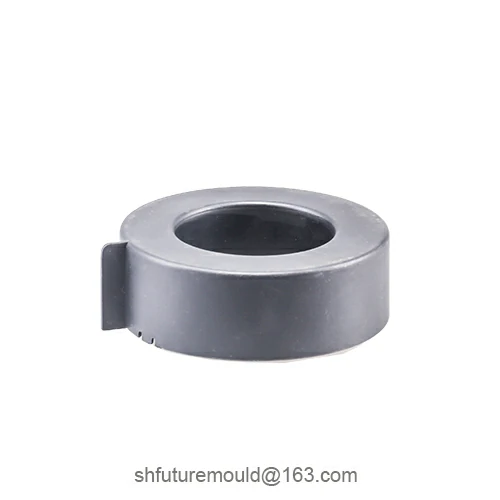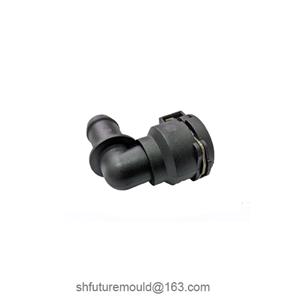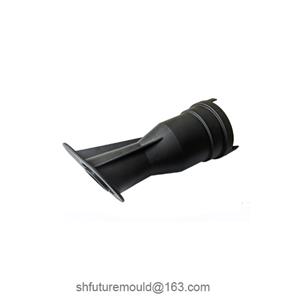The Role of Machining in Injection Mold Processing
In injection mold processing, machining is one of the core stages in the entire mold manufacturing process, playing a foundational role in determining the mold's structure, precision, and functionality.
I. Achieving Preliminary Shaping of the Mold Structure
Machining transforms raw mold steel stock into shapes approximating the final design, including:
Milling: Processing mold base profiles, plate holes/slots, guide structures, etc.
Turning: Machining circular components.
Drilling and Tapping: Creating mounting holes, cooling water channels, threaded holes, etc.
Grinding: Performing precision machining on high-accuracy surfaces like parting surfaces and guide pin holes.
Purpose: To establish a solid foundation for subsequent finishing processes (such as EDM, grinding, and polishing).
II. Ensuring Mold Assembly Precision
Mechanical machining, utilizing high-precision equipment, ensures:
Assembly tolerances for the dimensions and positions of individual components.
Fitting accuracy of structures like parting surfaces, cores/cavities, and sliders.
Disassemblability and maintainability of the mold during subsequent use.
III. Preparing Key Areas for Precision Machining
Machining typically serves as the preliminary processing stage, creating the necessary conditions for subsequent specialized processes (such as EDM, wire-cut EDM, polishing, surface treatment, etc.).
- Injection Mold
- Automotive Injection Mold
- Electronics & Electrical Injection Mold
- Consumer Goods Injection Mold
- Airplane Components Injection Mold
- Medical Components Injection Mold
- Irrigation Components Injection Mold
- Injection Molds




